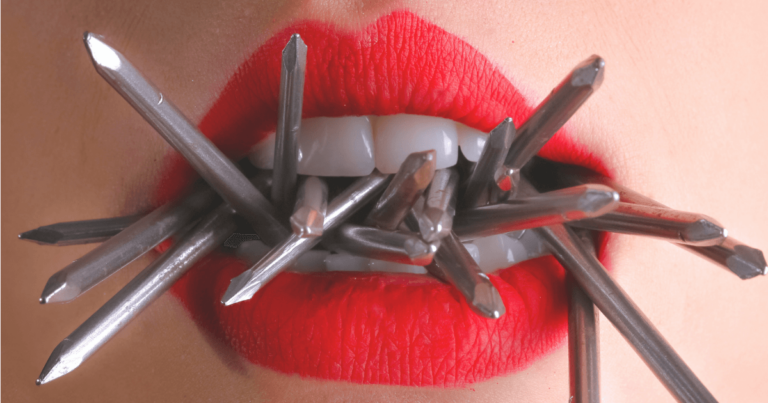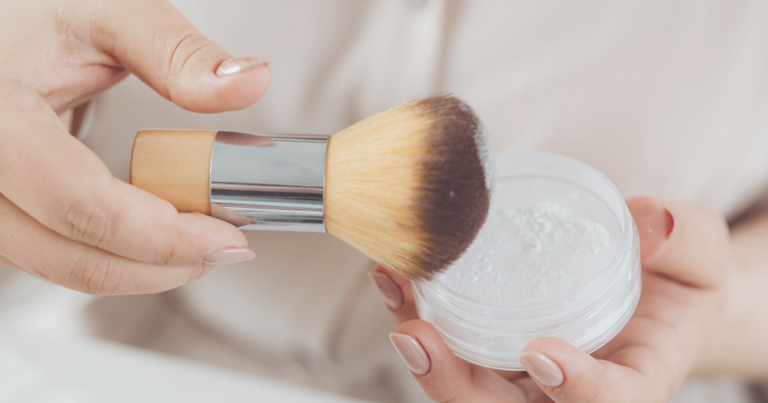“Not in the bathroom!" says Rubino. "When storing makeup, you want to place it in a cool, dry place. Bathrooms are the exact opposite of these types of environments, as we constantly bombard them with water from the shower, toilet, and sink.
Makeup and makeup tools can attract mold spores. Reducing the moisture removes the opportunity for growth and keeps those products safer and healthier for longer.
“All types of makeup can get moldy due to the ingredients within,” says Rubino. "But those that are used most frequently have a higher chance of getting moldy faster. As these products are taken out, opened, and applied to the face every day, harmful contaminants can build up within them, like bacteria and mold spores."
Use these guidelines for tossing your makeup:
- If a product has an expiration date, stick to it and get rid of expired products.
- Keep a checklist of toss-out dates so you don't forget.
- Use your nose. If a product has a damp, musty, earthy smell or it just smells off, toss it.
Every type of makeup has a different amount of time it can be used before it goes bad.3 Use this list to help you determine when a product is past its prime:
- Mascara: 6 months
- Liquid eyeliners: 6 months
- Dry eyeliners: until they run out
- Concealers: 6 months
- Cream-to-powder foundation compacts: 6 months
- Creamy highlighter pencils: 6 months
- Cream blushes: 6 months
- Cream eye shadow: 6 months
- Powder blush and eyeshadow: 2 years
- Lipstick: 6 months
- Lip balm: 6 months
Toss makeup tools on a regular basis too. “For reusable beauty blenders/makeup sponges, for instance, it’s safest to replace them at the three-month mark. A good idea is to set a series of phone reminders to help remember when to replace each item,” says Rubino.






